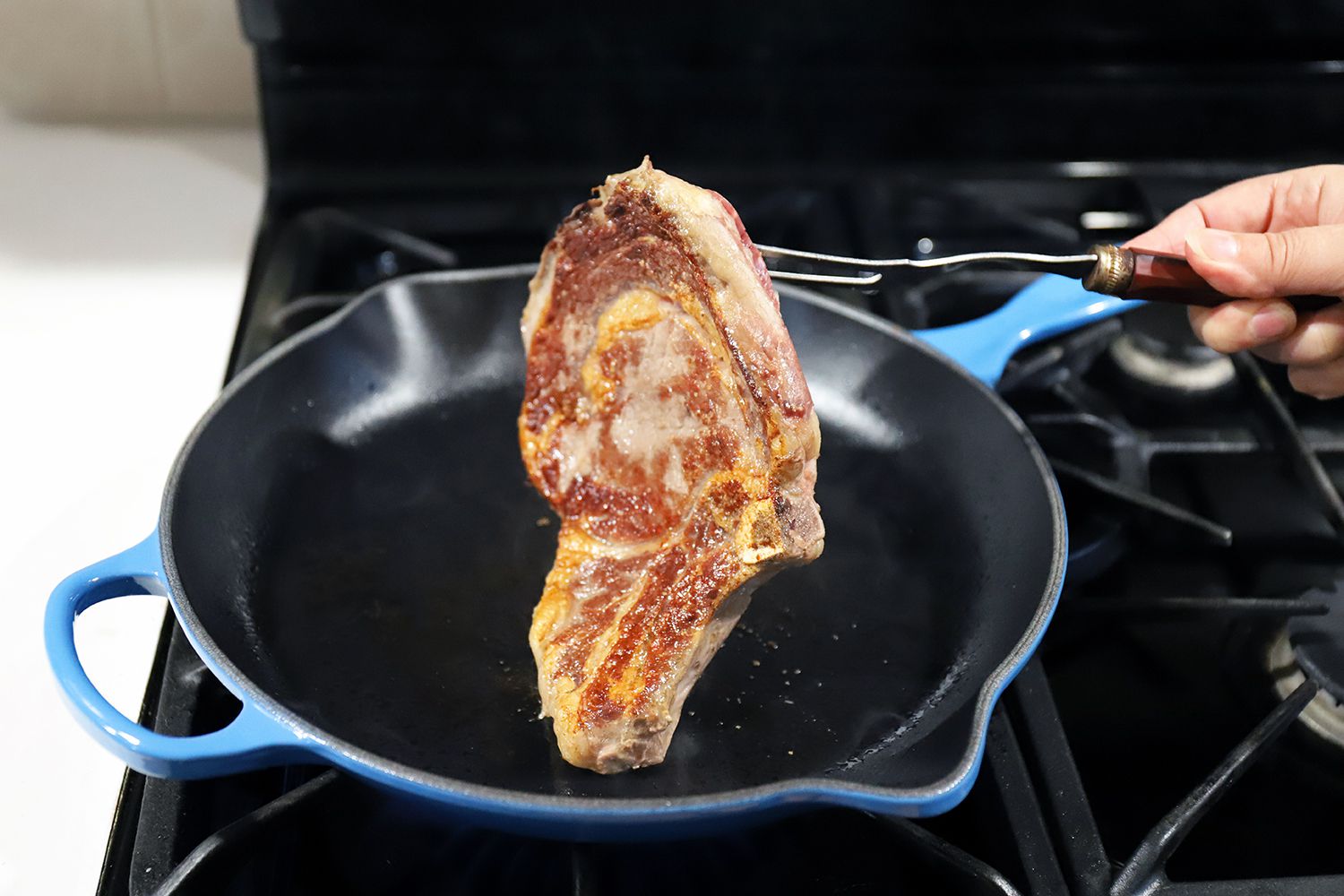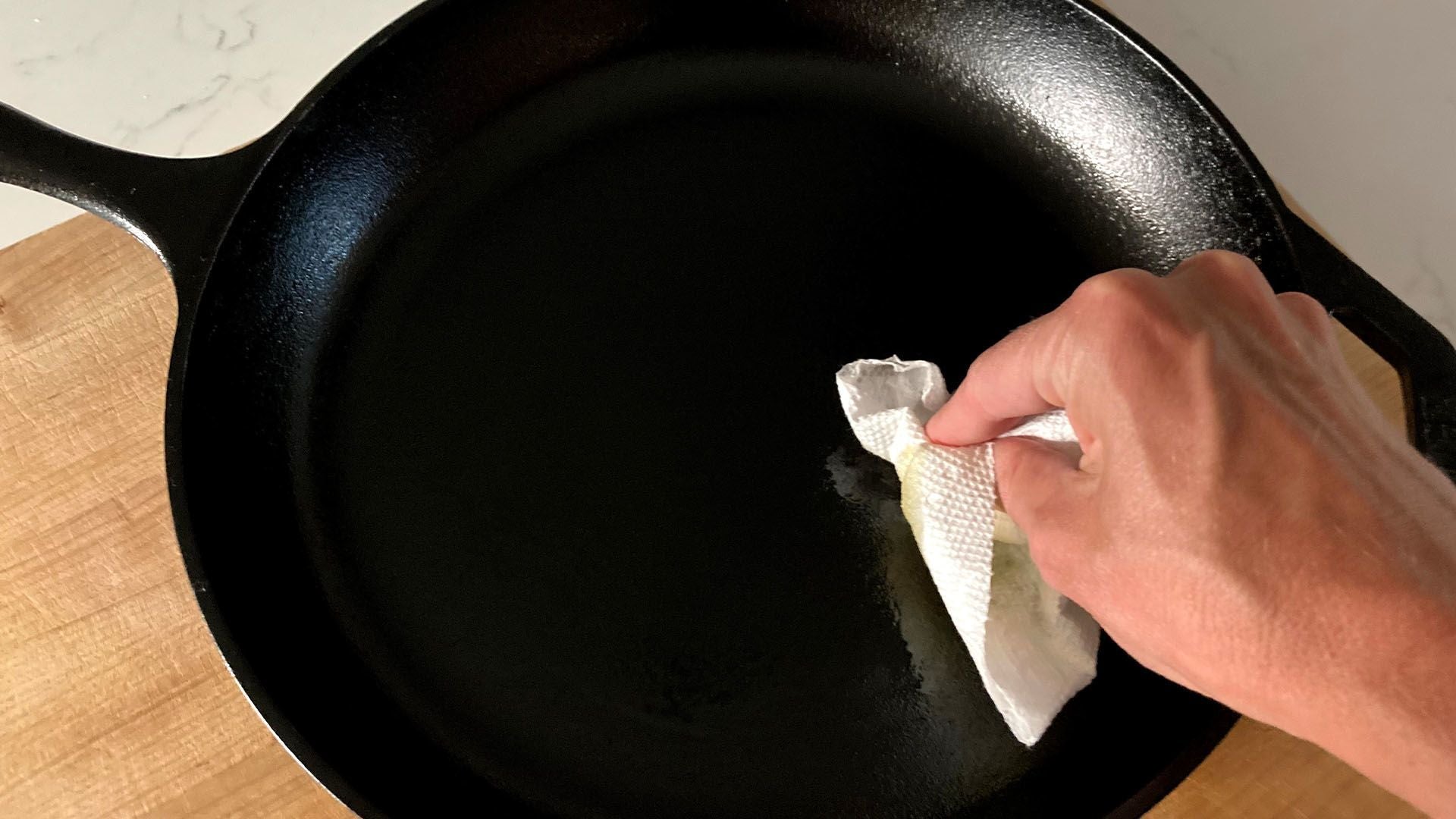Learning how to use a cast iron skillet effectively is crucial for any kitchen professional. These versatile cookware pieces offer a unique ability to retain heat and provide an unparalleled cooking experience. In this article, we will delve deep into the many facets of using cast iron skillets, from seasoning to cleaning, and everything in between.

Why Choose a Cast Iron Skillet?
Before we get into the nitty-gritty, lets discuss why you should incorporate a cast iron skillet into your professional kitchen. This type of skillet is not only durable but also versatile. It can be used over direct flame, in the oven, and even on a grill. Moreover, once seasoned, cast iron skillets naturally provide a non-stick surface, which is something every chef will appreciate. Additionally, they evenly distribute heat, which is vital for achieving consistent results.
Seasoning Your Cast Iron Skillet
One of the first steps in how to use a cast iron skillet effectively is to make sure its properly seasoned. Seasoning helps create a non-stick surface and protects the skillet from rust. To season your skillet, follow these steps:
- Wash the skillet with hot water and mild soap. Use a stiff brush if necessary.
- Dry the skillet thoroughly to avoid rusting.
- Apply a thin layer of vegetable oil or shortening all over the skillet.
- Place the skillet upside down in the oven at 375F for one hour. Place a baking sheet underneath to catch drips.
- Turn off the oven and let the skillet cool inside.
For more on seasoning, check out this guide on seasoning cast iron.
Cooking with Your Cast Iron Skillet
Now that your skillet is seasoned, you can start cooking. It's advisable to preheat your skillet before adding any food. Preheating ensures that your food cooks evenly and prevents sticking.
High-Heat Cooking
Cast iron skillets shine when high heat is involved, making them perfect for searing meats. Keep in mind the following tips:
- Always use enough oil or fat to coat the bottom of the skillet.
- Bring the skillet to high heat before adding meat. This will give a great sear and lock in juices.
Medium and Low Heat Cooking
For simmering sauces or cooking delicate items like pancakes and eggs, lower the heat to medium or low. Cast iron retains heat exceptionally well, so often, a lower heat is better long-term.
Cleaning Your Cast Iron Skillet
Cleaning a cast iron skillet can be a bit intimidating for newcomers, but it's quite simple. Heres how:
- Let the skillet cool after use.
- Rinse it with hot water. Use a brush if needed but avoid soap if possible.
- Dry it immediately to prevent rusting.
- Apply a thin coat of oil to keep it seasoned.
For more detailed cleaning methods, you may refer to this blog on restoring cast iron.
Common Mistakes When Using Cast Iron Skillets
Even seasoned chefs can make mistakes with cast iron. Here are some common pitfalls to avoid:
- Using metal utensils that can scratch the surface.
- Cooking highly acidic foods which can break down the seasoning.
- Neglecting to properly dry and oil the skillet after cleaning, leading to rust.
Recipes That Shine in a Cast Iron Skillet
Using a cast iron skillet opens the door to a variety of delicious recipes. Here are some favorites you might want to consider:
:max_bytes(150000):strip_icc()/How-to-Season-Cast-Iron-Skillet-3x2-1-bcd280f1703e47e0a59bb62e86a0d53a.png)
Frequently Asked Questions
1. Can I use soap on my cast iron skillet?
While its best to avoid soap, a small amount can be used if necessary, particularly after cooking acidic foods.
2. Is it safe to cook with a cast iron skillet for high-acid foods?
It's generally not recommended to cook high-acid foods like tomatoes or vinegar-based sauces in cast iron, as these can break down the seasoning.
3. How often should I season my cast iron skillet?
Season your skillet every few months, or if it begins to look dull, to maintain its non-stick quality.
As an Amazon Associate, I earn from qualifying purchases.






Leave a comment
This site is protected by hCaptcha and the hCaptcha Privacy Policy and Terms of Service apply.